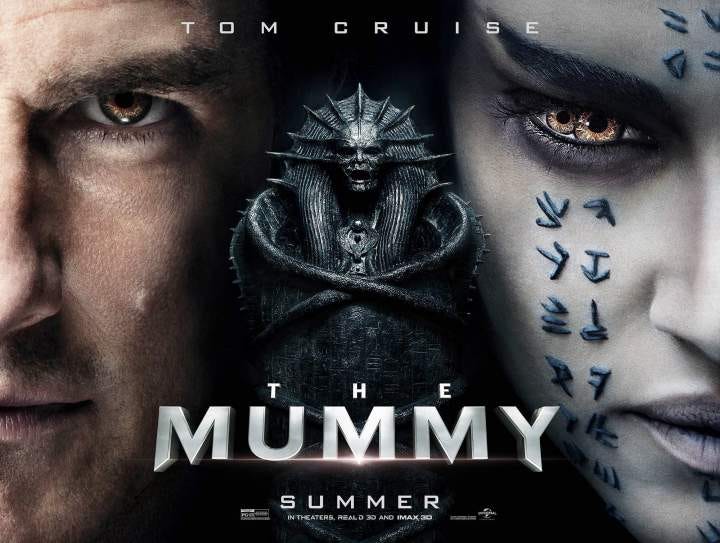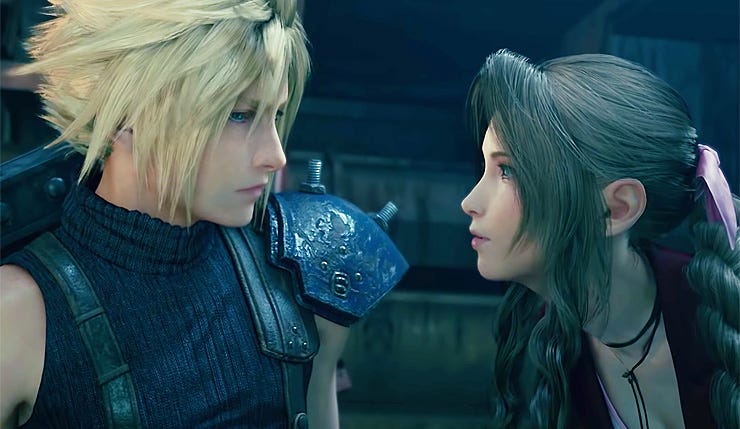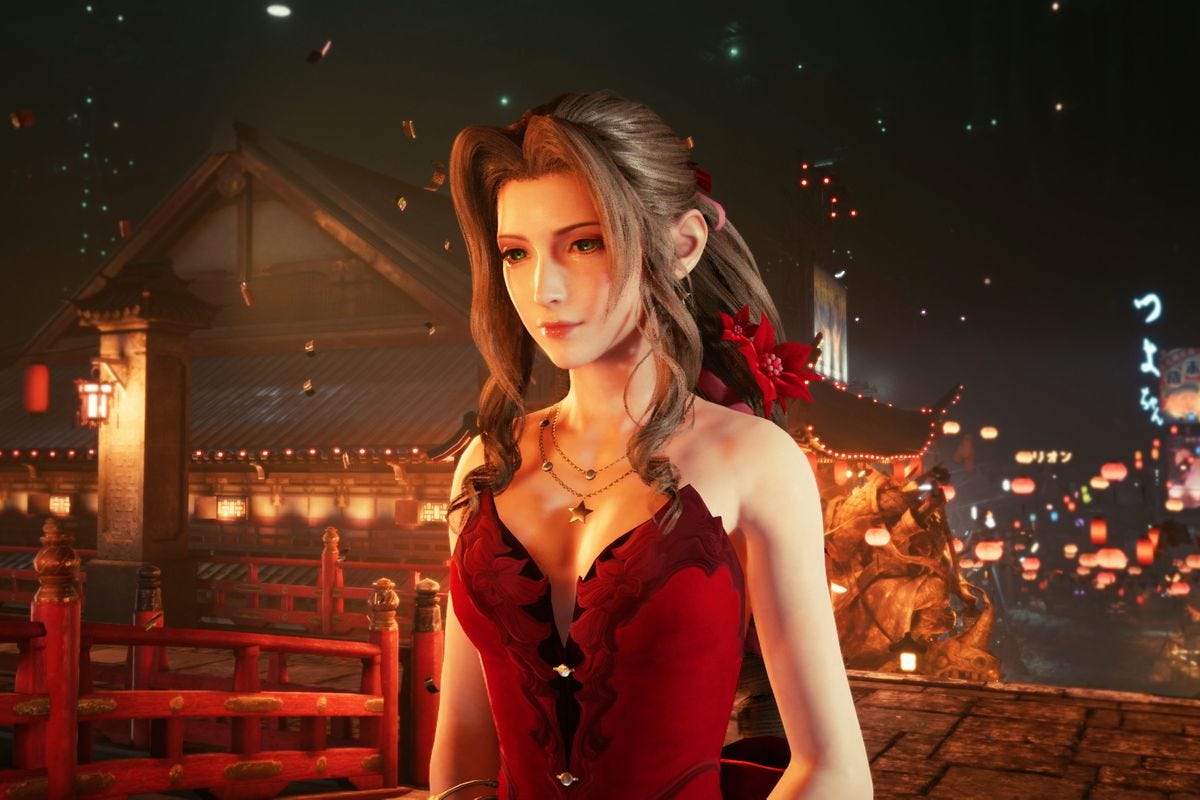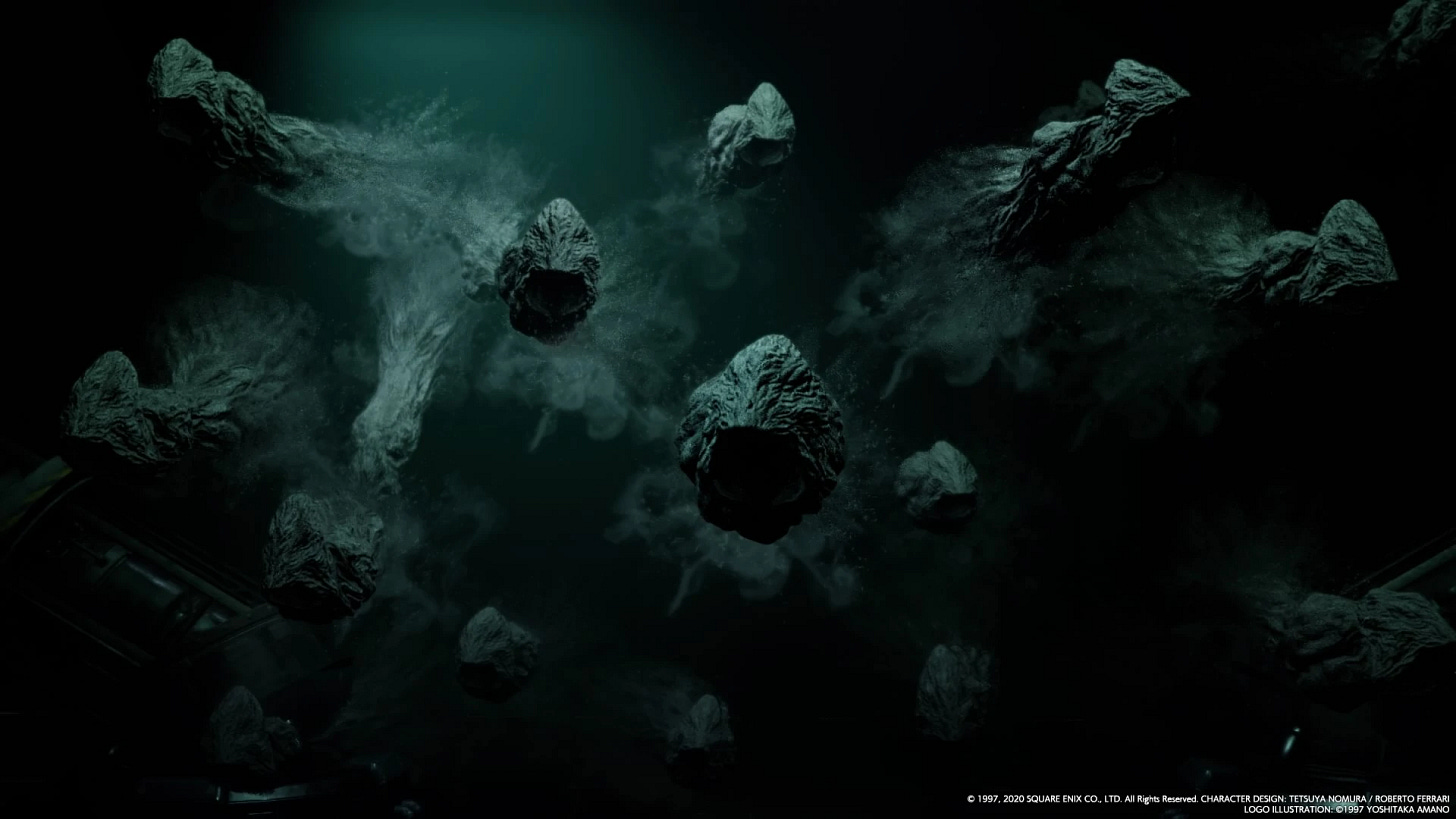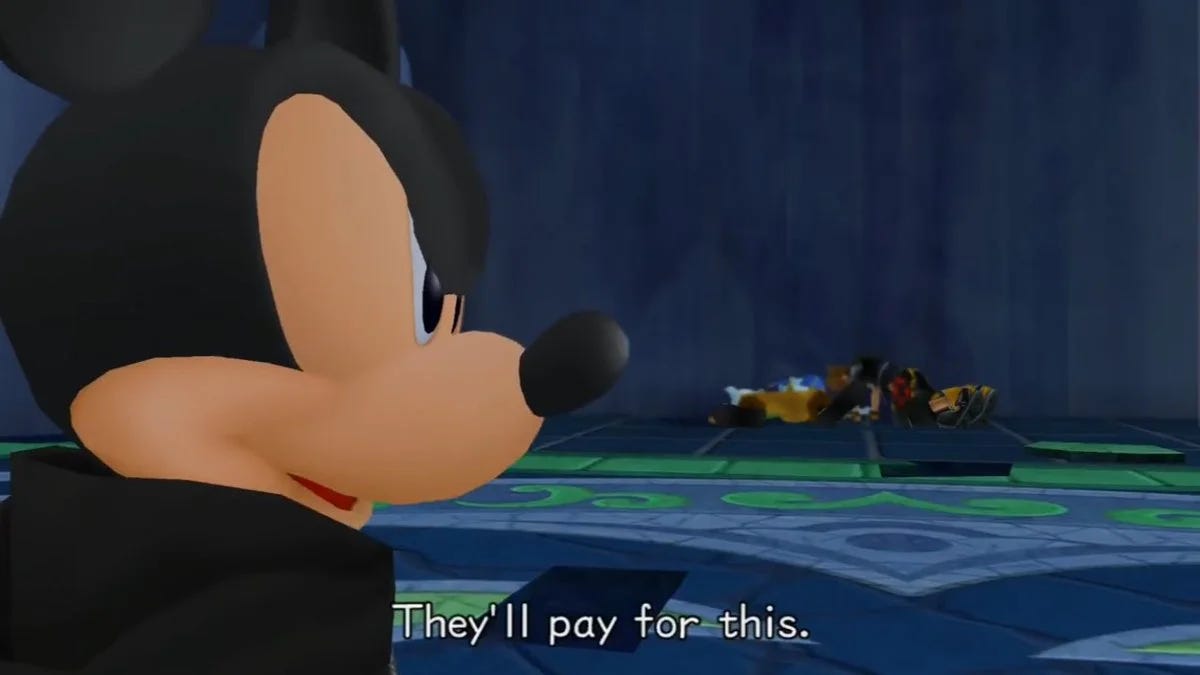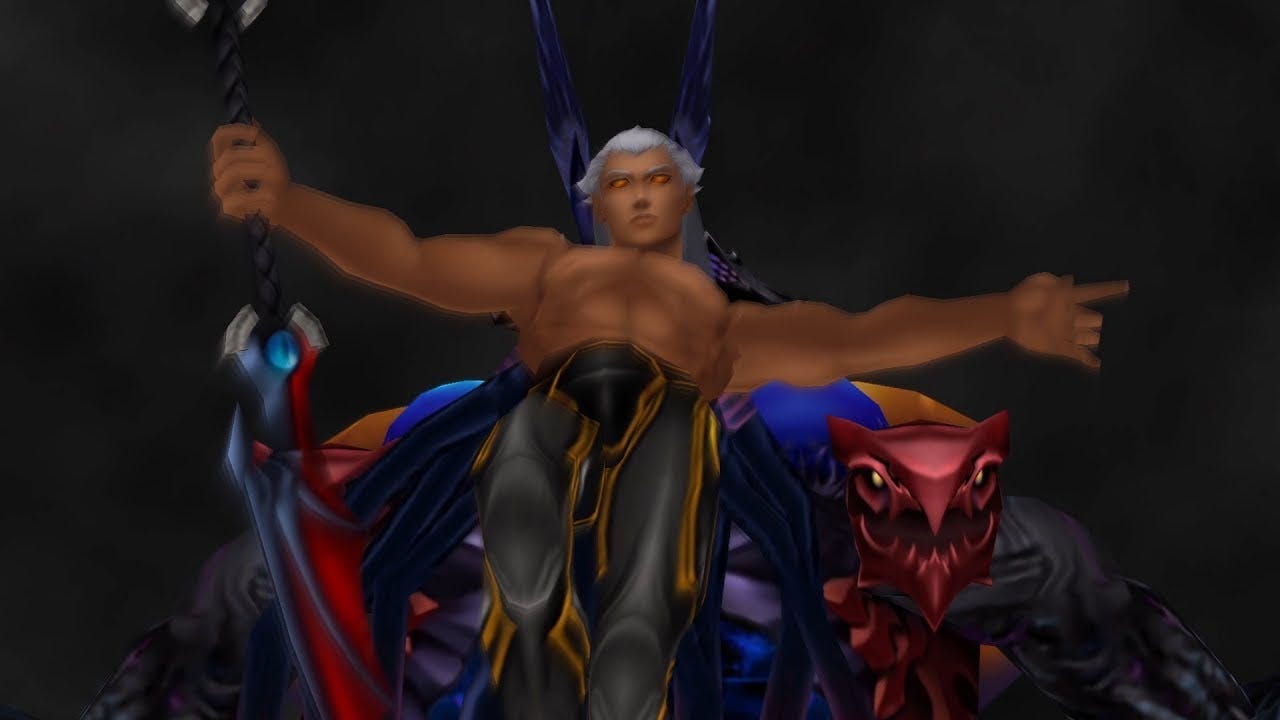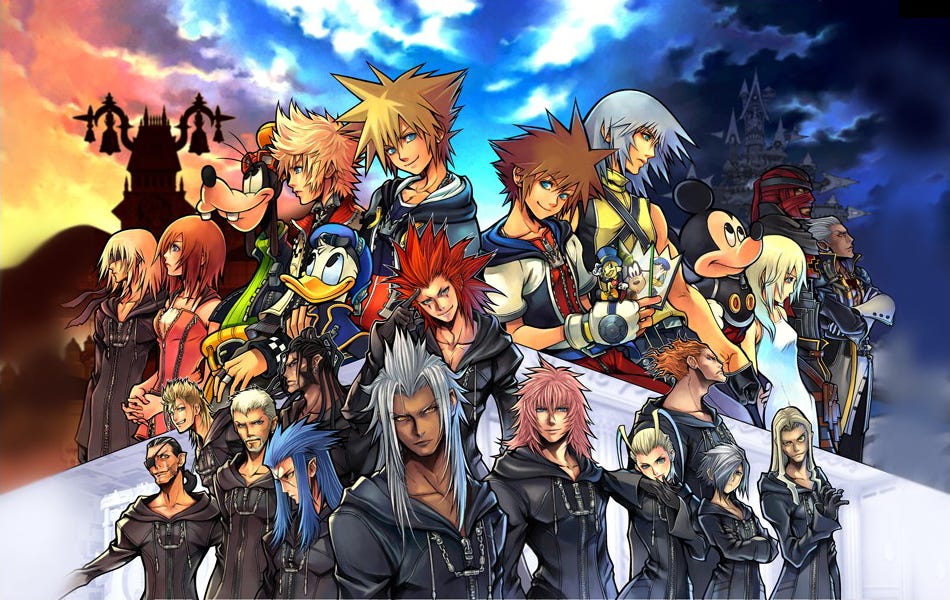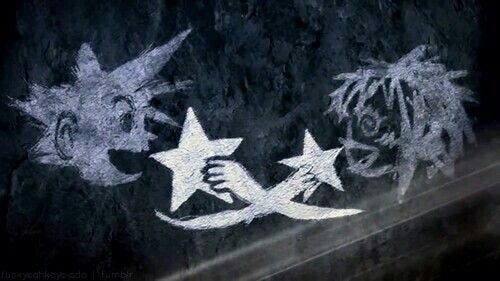Hello again. Did you hydrate? Did you take a good long break?
Good!
I didn’t. I’m still here.
They won’t let me le
Let’s talk about video games!
Having covered Final Fantasy VII, the original, in some depth last time, I’m going to jump right into it this time.
Reimagining and Redemption
Final Fantasy VII Remake was announced in 2015, it came out in 2020, and I played it both excitedly, and uncertainly, at launch.
Remakes, let’s be fair, have a bit of a suspect history, don’t they? For every decent remake that stands toe-to-toe with the original like The Fly or The Thing, there’s a Robocop or a Ben-Hur or a Psycho or a Total Recall or a Point Break or a Day the Earth Stood Still or a The Omen or a Friday the 13th or a Hellboy or a Nightmare on Elm Street or a Conan the Barbarian or a Poltergeist or a
Look, you get the point.
Knowing the history and the love for Final Fantasy VII, and how the essential preservation of a classic had essentially fallen by the wayside for the sake of the remake project, it wasn’t exactly with high spirits that I went into Final Fantasy VII Remake. The fear that they’d get it wrong was palpable, especially as Remake was only part one of several more parts to come, and the failure of the first would mean risking the future of the other parts. At worst, there was the risk of a potential lower quality that any future instalment would inevitably suffer from as a result. Slow sellers, or critical duds, don’t exactly embolden companies to increase budgets or hire more staff.
The biggest problem facing the remake, however, was translating the characters from tiny, malformed sprites whose personality existed entirely in little speech bubbles of text, and extremely rudimentary character animation, into fully-voiced, realistically rendered people. There’s a lot of interpretation in old games, a lot of minds filling in the blanks that aging technology couldn’t fill, and figuring out a way to push these now-iconic characters from the minds and hearts of millions of fans was a task I’d never imagined they were up to.
Another problem is the Compilation of Final Fantasy VII - the series of additional games, and the film Advent Children, that had since the original’s release largely expanded the scope and size of the Final Fantasy VII world and story.
Except, most of the Compilation titles were, and are, completely terrible.

See, the thing that happens with heroes like Cloud Strife, that enter into the public consciousness, is that they slowly become parodies of themselves.
So the original Cloud was a flawed man-child who was too scared of his feelings about anything to admit to them, even though most people could see through his façade anyway.
But come Advent Children and Cloud is no longer a lonely soul with a good heart who’s pretending to be a brooding badass loner - he just is a brooding badass loner.
It’s the problem of a compelling façade, that’s the basis of a character arc, becoming instead the status quo of a character; a retconning of a journey and of growth because if Cloud is simply a bit of a dweeb, then it’s a lot harder to cast him as the hero of anything.
And seeing as the Compilation side stories, all of them written and directed by the people in charge of Remake, absolutely dropped an anvil on the Cloud from the original for the sake of this dull, ultra-powerful, anime-protagonist brooding boy, well…
If there was one thing I was sure of going into Remake, it was that Cloud, the awkward man-boy with a mask of cool brood-angst, was definitely not going to be making an appearance. To say nothing of how they’d handle the rest of the crew, who consisted largely of weirdos and overly sexualized women with the kind of breasts and costumes that would get you banned from Hooters for lewd behaviour, just for existing on the premises.
So imagine my surprise when I started playing Remake, and… it was perfect.
I don’t throw that word around lightly.
The characterizations, the designs, the writing, the voice acting and the animation - it’s all there. From little tiny details like how Cloud awkwardly moves his eyes around after he does something badass (just to make sure everyone saw that he totally did a rad thing that even he’s a little surprised at) to how Aerith immediately nails his insecurities on the head and just relentlessly teases him about them, to the thankfully redesigned Tifa being the kind of mothering figure who can’t quite stop taking care of people no matter who or where they are…
It’s perfect.
I have no real nostalgia for the original, I have no prior love for the story or characters of VII, but in my time with Remake I came to love and appreciate these people in ways that are usually reserved for intimate character dramas.
There is just such an uncanny attention to detail in everything they do, in how their spaces are designed, how they move and how they talk, the body language and the joy they take in being unabashedly brilliantly weird, relatable goofballs, and the way all these things are executed, that I am, even now, genuinely speechless when I look back at it.
But there is more to Final Fantasy VII than its characters - there’s a bonkers story about aliens and grey-haired psychos and clones to get to. And considering how good the characterization is, I wasn’t too surprised at how well they handled the story of this first part, too.
What did surprise me was how they ended up fumbling it - right at the finish line.
The Story
My first time through Final Fantasy VII Remake, I had a hard time remembering exactly what happened in the original. So, when the first brown, smoky-looking ghost thing showed up, I kind of just rolled with it for a while.
Maybe there were ghosts back in the original as well, right? It’s a lengthy, weird story after all - and it had been a long time since I’d played it.
But the ghosts started doing stuff that couldn’t have happened in the original, eventually. As changes to the original narrative began creeping into the game - courtesy, often, of increased fidelity and higher production values, as well as the need to make sure this Part 1 was a reasonable full-game-length - the ghosts kept showing up and kind of… nudging the story back into place. Keeping the original tale intact.
The ghosts made sure that those who were supposed to die, died, and those who were supposed to live, lived.
But for a long time, these were subtle changes - additions that necessitated correction, but only for additions that came with the territory of the remake. And so I figured maybe the ghosts were a background ploy of a kind, something that would pay off in the long run. The game also introduced Sephiroth, and Cloud’s muddled mind, much earlier than the original - it gave away a lot more plot than the original Midgard section did. Again, as with any story, once it’s being retooled and retold, some changes come naturally, and it felt natural that they’d introduce the bigger scope villain in Part 1, and start building to Cloud’s big mind-meltdown before Part 2 rolled around.
The ghosts were explained, in a scene not found in the original game, as Whispers, workers for the Arbiters of Fate - in other words, exactly what I’d suspected they might be stand-ins for; the hand of the writers, directors, game makers, making sure that no matter how many changes came to the original story, in the end the broad strokes would remain the same.
The Midgard section was about the eco-terrorist group Avalanche taking on Shinra. They would blow up two reactors of powerful energy. They’d meet Aerith, part of an ancient race of people. She would be kidnapped and, as she’d become their friend, Avalanche would rescue her. After this, they would flee the city, and Part 1 would come to a close, leaving the exact nature of Sephiroth, the Mako energy, and Shinra itself up to Parts 2 and onward to resolve.
The ghosts, the Arbiters of Fate, didn’t change that core. But they made it clear that this story has been told before - and they questioned the need, the want, for it to be told again.
In many ways, this is an incredibly clever thing to do for a remake. Acknowledging that some things have to change for the new version to work, but also acknowledging that this is a remake, and fate is still fate - the story is known, and every person in it is being strangled by the red string.
Through some clever writing, this remake could be what no other remake ever had been - a comment on the nature of retelling a story. A subtle push from some unseen hand, perhaps the planet itself nudging our characters towards their interminable fates, always making sure that things happen the way they’re supposed to - a powerful, genuine story retold with all the gusto a gargantuan budget could buy, but also an exploration of what it means to relive something like this, and the things that had to happen to make sure it didn’t change too much.
Honestly, very few storytellers could hope to make that shit work. But with the incredible work already put into this remake, they had earned the benefit of the doubt. I believed they could do it.
But then… then Barret, the loudmouth leader of the Midgard chapter of eco-terrorist group Avalanche, and all-around Big Personality Good Guy… he gets stabbed right in the chest. And he dies.
If you’ll recall, Barret didn’t die in the original game.
At this point, and at a point in my career as fiction connoisseur where I’d argue surprising me was beyond doing, Final Fantasy VII Remake actually kind of floored me. To make a change this radical, this big - it was unthinkable. Everything would change from here on out.
But even as I was reeling from Barret’s death, the ghosts swept onto the screen. And only minutes later, he was back on his feet.
And I felt Tetsuya Nomura’s hands descend on the project like Anakin Skywalker on a room full of children.
Tetsuya Nomura
Let’s back up a little bit.
Tetsuya Nomura is a Japanese video game developer, deeply embedded in the hydra that is Square Enix, primarily as part of the various Final Fantasy-related teams.
In particular, he’s known for being the creative lead and director of the Kingdom Hearts-series, and for being an artist and character designer on the original Final Fantasy VII.
As many of the original designers and directors of the original Final Fantasy VII have left Square Enix, Nomura’s continued involvement with the Compilation of Final Fantasy VII, including being the director of Final Fantasy VII: Advent Children (which is a movie so ridiculous that I’m actually unsure whether I’ve actually seen it or if I just had a particularly springy and angst-ridden fever dream) put him in the prime spot for being largely in charge of the Final Fantasy VII Remake project.
All that seems fine and dandy. A core member of the original team, part of both narrative and character design and story, wanting to return to the game that largely launched his career (he’d worked on a few Final Fantasy-games beforehand, but VII is the game that brought his contributions into the spotlight), seems like an obvious choice.
There is only one problem with bringing Nomura back on board with the Final Fantasy VII-train after all these year.
Namely, the insanity that is Kingdom Hearts.
And for those of you who don’t know anything about Kingdom Hearts, first of all, be happy that you don’t. I’m going to be ruining that innocence shortly.
Kingdom Hearts is a franchise starring various Final Fantasy characters alongside various characters from the Disney animated canon (no, you read that right).
The original Kingdom Hearts came out in 2002, and focused on an original character - Sora - going on an adventure to save his friend, Kairi, from the Heartless. The Heartless are were evil monsters that, ehr, don’t have hearts. Sora traverses a number of worlds based on Disney movies, like Aladdin and Alice in Wonderland.
For some reason, a frankly ridiculous amount of money was spent on getting back the original voice cast for most of the worlds based on those movies. Including the original voice actress for Alice, who was, at the time, 64 goddamn years old. She’d originally voiced Alice when she was 10.
The original Kingdom Hearts is a bit of a mixed bag of storytelling, combining a truly incredible voice cast with very early-2000s-video game type storytelling. The story overall is fairly simple, only getting genuinely surreal in the third act, when you fight a half-man/half-battleship voiced by Billy Zane in some kind of gooey outer space.
I will not be elaborating on that sentence.
But still, Kingdom Hearts manages to be sincerely affecting in a lot of ways, in part because of its characters. More than just performance, there’s a tremendous amount of attention to detail in the cutscenes, in the small bits and bobs of clothing, and the expressions on characters’ faces, in scenery and in the writing. The surreal nature of the story is buoyed by, coincidentally, a lot of heart - open, unapologetic melancholy mixed with very real joy.
For all my complaining about the series, I have a lot of respect for Kingdom Hearts. It would have been so very easy, once the idea of crossing over Disney with Final Fantasy was put on the table, to just throw a generic story and a lot of fanservice up on the screen and call it a day. Instead, Kingdom Hearts went the much more respectable route of going utterly insane, and I’ll always love it for that.
But here’s where the problems start. Because Kingdom Hearts was a tremendous success. And this meant sequels. And where someone with less ambition might just greenlight Kingdom Hearts 2 and call it a day, our friend Nomura decided that no, fuck that.
Instead, the direct sequel to the PlayStation 2-exclusive Kingdom Hearts is a Game Boy Advance-exclusive game called Kingdom Hearts: Chain of Memories.
“But surely, that was a spin-off?" I hear you say. To which I respond with laughing, crying, and a slow whisper that goes, “There are no spin-offs to Kingdom Hearts.”
In order of release, there is:
Kingdom Hearts, the original, exclusive to the home console PlayStation 2.
Kingdom Hearts: Chain of Memories, which is a direct sequel, starting literally minutes after the first game ends. Exclusive to the handheld console Game Boy Advance.
Kingdom Hearts II, exclusive again to the PlayStation 2, which takes place one year after Chain of Memories, following up on the plot of Chain of Memories with characters and plots and subplots and side-plots and perpendicular plots, without ever explaining the plot of that game.
Kingdom Hearts Coded, which is an episodic mobile game, that picks up directly after Kingdom Hearts II. It was later remade for the handheld Nintendo DS, as Kingdom Hearts Re:Coded.
Kingdom Hearts 358/2 Days (yes that is the actual title), exclusive to the handheld Nintendo DS, and it takes place between Kingdom Hearts and Kingdom Hearts II, but only somewhat concurrently with Chain of Memories.
Kingdom Hearts: Birth By Sleep, which is a prequel to the whole series so far, and was released exclusively to the handheld PlayStation Portable, the direct competitor of the Nintendo DS.
Kingdom Hearts 3D: Dream Drop Distance, which was released exclusive for the handheld Nintendo 3DS, the follow-up to the DS, and which takes place after Kingdom Hearts II and Coded. Mind you, it also references plots, plot points and characters from every game in the series so far, which means that at the time of release, you had to own five different consoles, some of them in direct competition with each other, just to keep up with the plot. And frankly, even if you did have all those consoles and played all the games, it’s a plot that’s so dumb and convoluted at this point, it’s almost impossible to follow.
Kingdom Hearts χ, which isn’t an X, but a wobbly symbol pronounced ‘Ki’ (as in, key), which was, obviously, a game for PC browsers. It was only released in Japan, but later made its way to phones in the west. It was a prequel to the whole series so far, and contained the entire core backstory to the series’ main villain, as well as the story of a large-scale war that would play into the future of the series, and some of its many re-releases and updates also revolved a weapon that’s completely central to the story at this point. Then it got shut down and you can no longer get any of those story beats anywhere. Oops.
Kingdom Hearts III, somehow the ninth game in a trilogy, released for PlayStation 4, Xbox One, PC, and cloud-based for the Nintendo Switch. It’s billed as the last part in this particular saga of the Kingdom Hearts series, meaning the story that was started with Kingdom Hearts 1.
Kingdom Hearts: Melody of Memory, which is a game for the Nintendo Switch, PlayStation 4, PC and Xbox One. It pretends to be a rhythm game that’s all about celebrating the series’ amazing music (no, really, Kingdom Hearts has some unreal, incredible music), but in the end is actually kind of an essential tease on the way to Kingdom Hearts 4.
On the horizon, there is of course Kingdom Hearts 4, which is the start of a new saga, even though it’s called Kingdom Hearts fucking 4, another prequel-sequel-interquel mobile game (no, really - it’s a sequel to Kingdom Hearts χ, set between that and Kingdom Hearts: Unchained χ Dark Road, which makes it an interquel, and is also a prequel to the entire core series), because that worked out last time.
This whole rant has one singular purpose. I need you to understand that as hard as it is just to wrap your head around the titles and release order of these games, the story contained within these games is so, so, SO much harder to follow.
And yet.
And yet.
There is just… so much that Nomura, insane though he is, understands about character. He has a maddening tendency to spend hours, hours and more hours on some of the most ridiculous, incomprehensible plotting I have ever experienced in any media, but then…

…then there’s just people. Having an ice cream. Sharing a fruit. Making a small promise. Just… just being. And all the details click. And all the big things go away, because for all his manic, bananas storytelling, he understands these moments.
He just can’t seem to make them meld with the stories he tells. Because ultimately, no matter how complicated a story gets, if we can understand why the characters do what they do, then we can accept it. It can affect us, drag us along, and keep us engaged. It can keep us feeling for them.
Nomura, for all his vices and virtues, absolutely cannot figure out how to temper his ambitions of plot with the heart of his characters.
So as I play Kingdom Hearts, I’ll stand in wonder, feeling deeply, as two characters who haven’t seen each other in so long get to meet again… and then someone cackles off-screen, and I realize this moment is going to be washed away for the sake of getting an action scene off the ground, or for getting a maniacal villain-speech in.
No character ever really moves a Nomura-plot along. The characters wait in the hall and are called in to action as needed, while the plot moves without them. And meanwhile, they sit quietly by themselves, make friends among each other, and make you care that they’re there.
And see, I don’t want to leave this thought on the table: when it comes down to it, the plot in Kingdom Hearts isn’t actually that tough to follow. There’s a bad guy who wants control of a great power, and manipulates and strongarms people into playing into a plan for him to get it. At its core (or heart, if you will, please laugh) it isn’t all that complicated.
IF… you ignore the characters. If you ignore their actions and ignore their motivations.
Because as soon as you ask for motivation, ask for sense in how people act, why they do the things they do - as soon as that question crosses your mind, then you enter into a world of trying to tie complex, interesting characters with rich inner lives together with a plot that absolutely cannot accommodate that complexity.

And finally, finally, we’re back to where we started.
Let’s talk about Final Fantasy VII Remake. Properly, this time.
Do I still write books?
Why, yes! Yes I do!
There they are, over there!



